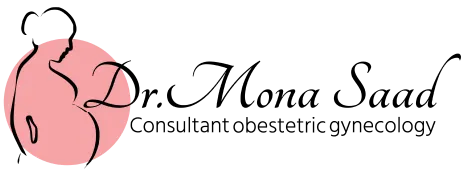Treatment of Uterine Prolapse

Uterine prolapse occurs when the uterus loses its normal position and shifts toward the vagina. This condition, known as the treatment of uterine prolapse, becomes necessary when weakened pelvic floor muscles fail to support the uterus effectively. In advanced stages, the uterus may partially or fully protrude from the vagina, leading to significant health complications that require prompt attention.
Women in menopause and postmenopausal stages are at a higher risk of uterine prolapse as pelvic muscles weaken over time and due to hormonal changes.
Stages of Uterine Prolapse After Childbirth
Uterine prolapse is medically classified into several stages and degrees:
- Partial Prolapse: This involves the uterus descending toward the vagina without protruding.
- Complete Prolapse: This occurs when part or all of the uterus appears outside the vagina.
The four degrees of uterine prolapse indicate the extent of the uterus’s descent within the vaginal canal. In advanced cases, surgery may be the most effective treatment option. However, early stages may benefit from physical therapy programs and exercises to strengthen pelvic floor muscles.
How Do I Know If I Have Uterine Prolapse After Childbirth?
The symptoms of uterine prolapse manifest as a set of complaints that worsen as the condition progresses, including:
- A sensation of pressure or heaviness in the pelvic area
- Vaginal prolapse
- Increased vaginal discharge
- Urinary disorders (incontinence, urinary retention)
- Bowel disorders (constipation)
- Lower back pain
- Pain during intercourse
The patient may also feel a protruding mass from the vagina. It’s important to note that symptoms may initially be mild but can gradually worsen.
Causes of Uterine Prolapse
Uterine prolapse is primarily attributed to the weakening of pelvic floor muscles and supportive tissues. Several factors contribute to this weakness, including:
- Vaginal Delivery: The pelvic floor muscles endure significant pressure during childbirth, especially with repeated deliveries or giving birth to large babies.
- Age: The likelihood of uterine prolapse increases with age, particularly after menopause, due to the decline in estrogen levels, which play a vital role in maintaining pelvic muscle strength.
- Mechanical Factors: These include childbirth complications, chronic constipation, persistent coughing, and repeatedly lifting heavy objects, which place additional pressure on the pelvic muscles.
- Medical Conditions: Health issues like obesity and joint laxity can weaken pelvic muscles and increase the risk of uterine prolapse.
How Can Uterine Prolapse After Childbirth Be Treated?
Treatment options for uterine prolapse vary depending on the severity and stage of the condition. In general, treatments aim to support pelvic organs, strengthen muscles, and alleviate associated symptoms.
In the early stages, women can adopt some treatments that help improve the condition and reduce symptoms, such as:
- Kegel Exercises
- Preventing Constipation
- Avoiding Heavy Lifting
- Treating Chronic Cough
- Maintaining a Healthy Weight
- Hormone Replacement Therapy
Other Treatments
Doctors may recommend additional treatments, including:
- Vaginal Pessaries: A medical device inserted into the vagina to support reproductive organs and keep them in place.
- Surgery: In severe cases, surgery may be the best option to restore the normal function of reproductive organs.
understanding the causes, symptoms, and treatment of uterine prolapse is essential for maintaining women’s health, especially after childbirth. Early diagnosis and proper management, whether through exercises, lifestyle changes, or medical interventions, can significantly improve quality of life and prevent complications.
